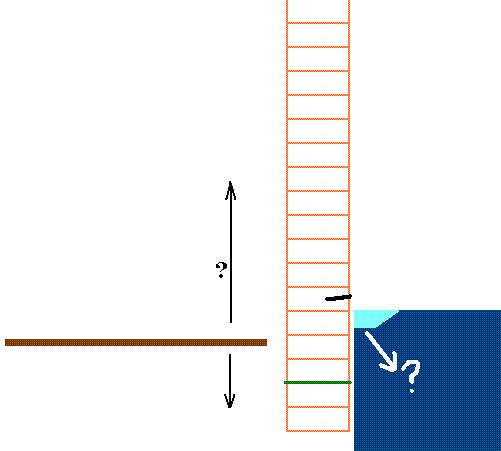@Yamato - FFLS = Finished Floor Levels.
Can you do a sketch (this is a quick eg in MS Paint):
to show relative levels of the floor, drive, height where "damp" is showing, any original damp course eg in green here (look at the front/rear of your house, where you may see it), etc. Plus any replastering that's been done, or anything else relevant.
I'd worry about the drain in the drive. As you've removed the contents, can you see where the water goes? Tip some in, does it disappear?
@the experts - exactly what qualification should someone look for when selecting a consultant on damp problems. It seems to be a minefield.
Hey Justin.
so the situation is pretty similar to your drawing
View media item 85652The red circle is the damp which is above the line of the damp proof course. I feel this is just damp rising above it.
actually though the drive is on a slope and the neighbours drive just gets higher and higher the further back you go. I've noticed there is a even a flower bed against the wall which means that in my outhouse the ground level is terrible high. What is about 6 bricks from the floor in the outhouse is only about 2 bricks above the flower bed level.
The door frames in the middle of the house getting particularly wet. This is about at the line where the block paving was added outside.
the neighbour gave permission for a drain to be added down the side of my house and I'm very tempted to do it (even though I would pay). I haven't asked him if he would be willing to remove the flower beds though...that could be more difficult.



